It's been about a year since the last one of these. Given the long cycle, I have done my best to check for changes but things may have changed on any given topic by the time you read this.
The NEPA Problem
NEPA is a constant thorn in the side of anyone attempting to do anything.
A certain kind of person responds with: “Good.”
That kind of person does not want humans to do physical things in the world.
---
Outline:
(00:21) The NEPA Problem
(01:53) The Full NEPA Solution
(02:43) The Other Full NEPA Solution
(03:59) Meanwhile
(06:06) Yay Nuclear Power
(14:22) Yay Solar and Wind Power
(18:11) Yay Grid Storage
(18:42) Yay Transmission Lines
(19:40) American Energy is Cheap
(20:48) Geoengineering
(22:29) NEPA Standard Procedure is a Doom Loop
(25:34) Categorical Exemptions
(26:13) Teachers Against Transportation
(32:41) Also CEQA
(36:36) It Can Always Be Worse
(39:35) How We Got Into This Mess
(41:00) Categorical Exclusions
(47:23) A Green Bargain
(54:18) Costs Versus Benefits
(55:27) A Call for Proposals
(56:18) The Men of Two Studies
(59:55) A Modest Proposal
---
First published:
October 8th, 2025
Source:
https://www.lesswrong.com/posts/HqAJyxhdJcEfhH2nW/nepa-permitting-and-energy-roundup-2
---
Narrated by TYPE III AUDIO.
---
Images from the article:
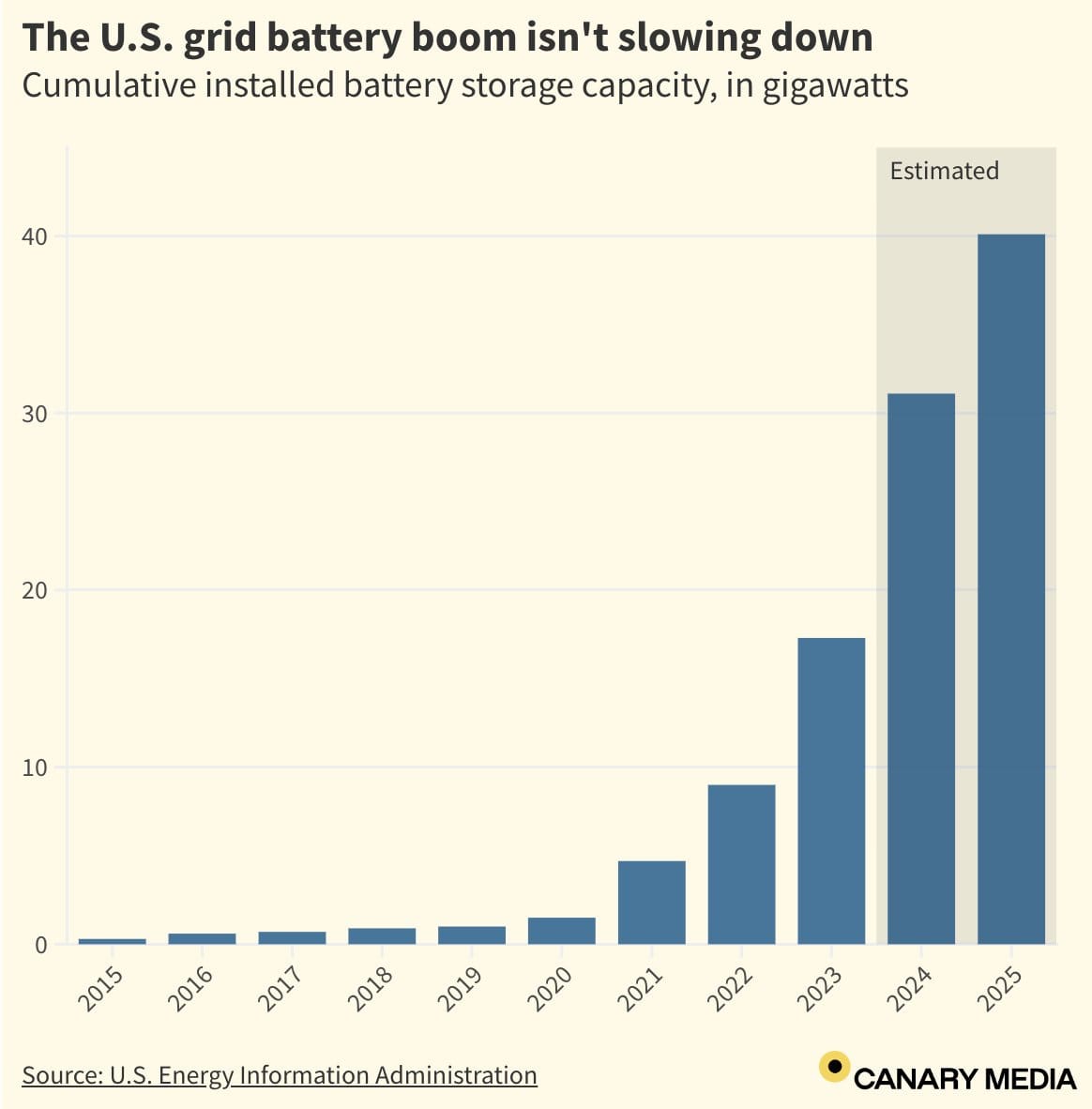
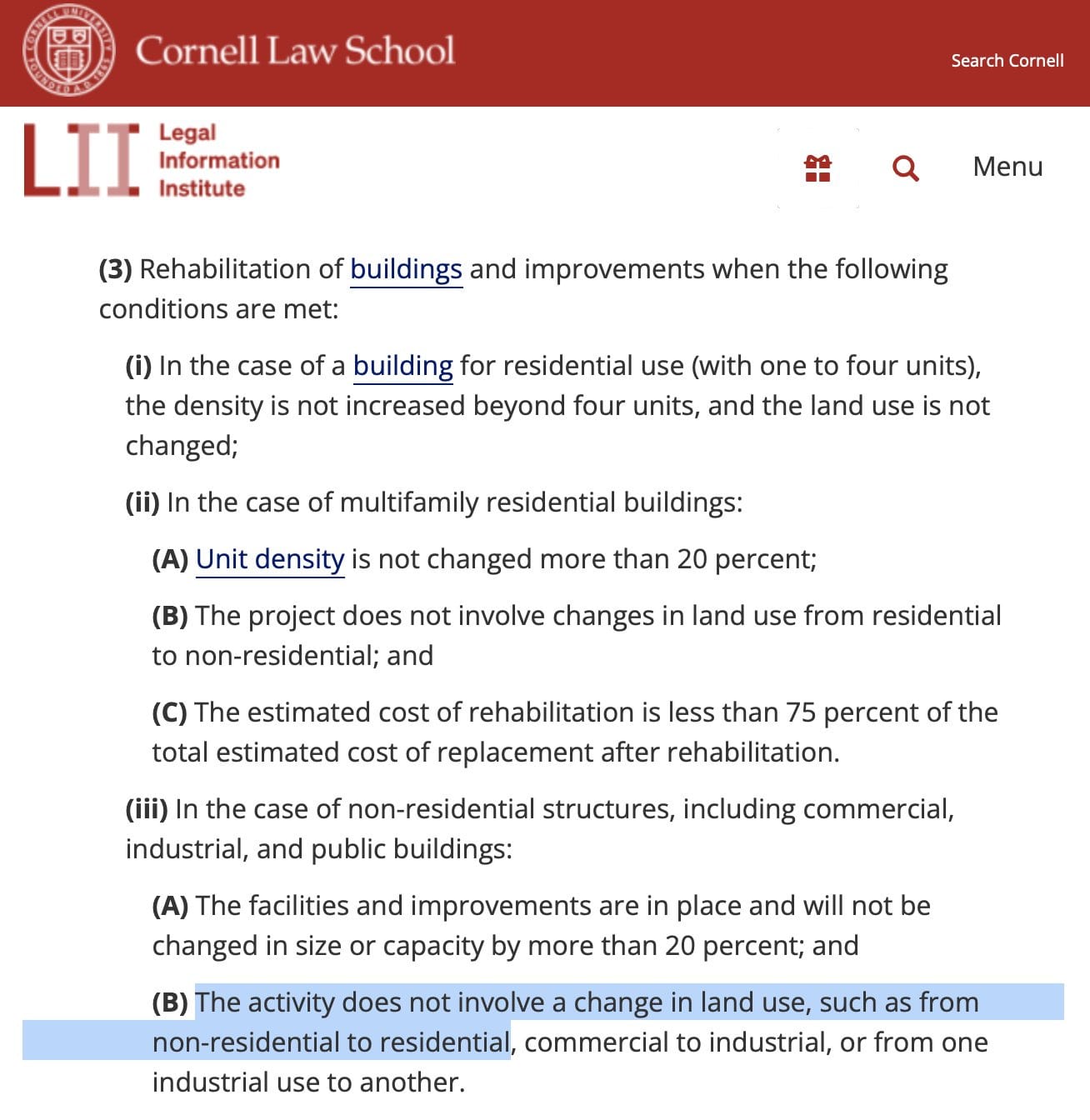

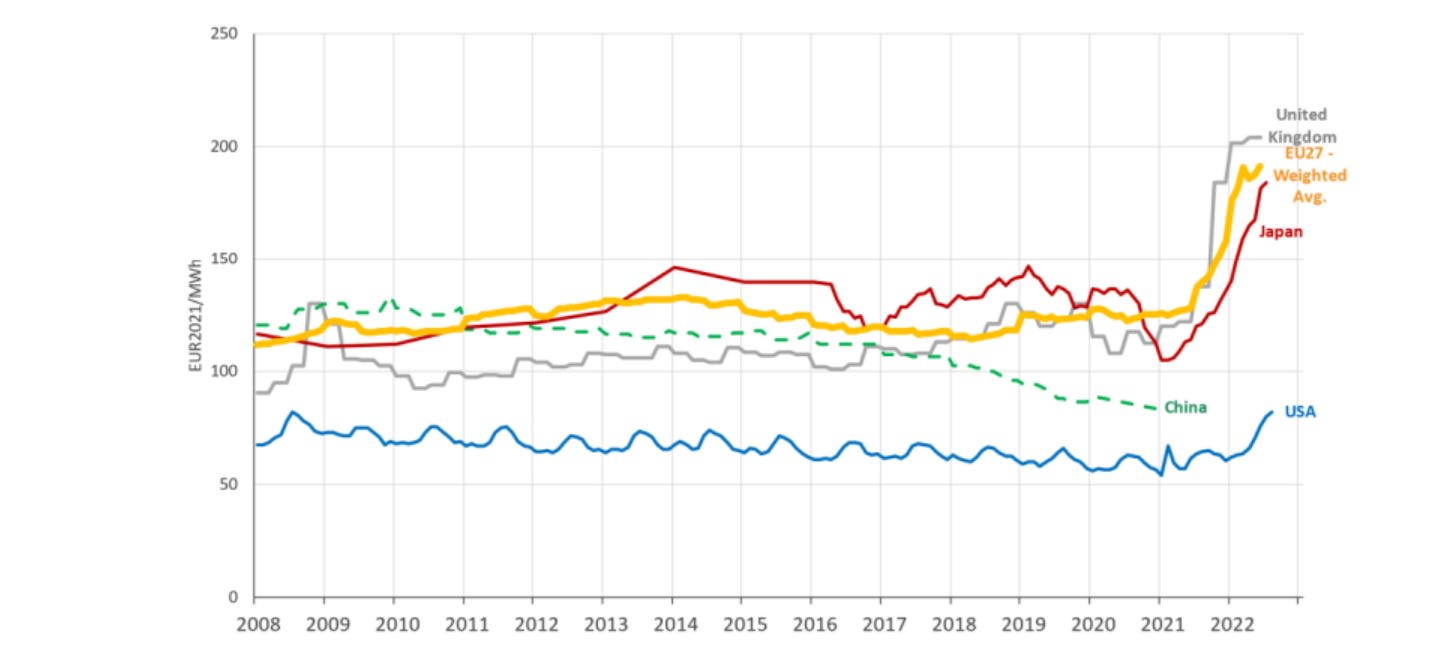
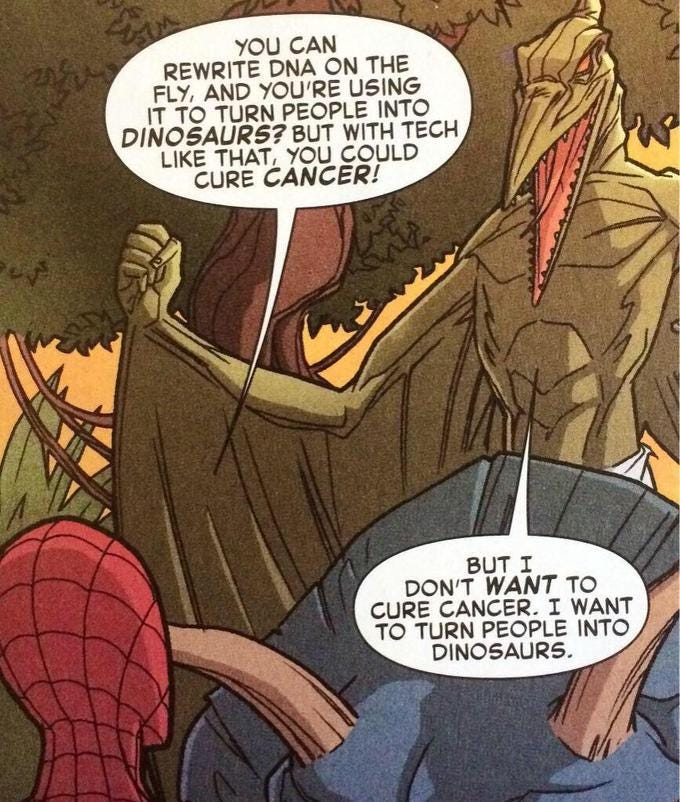
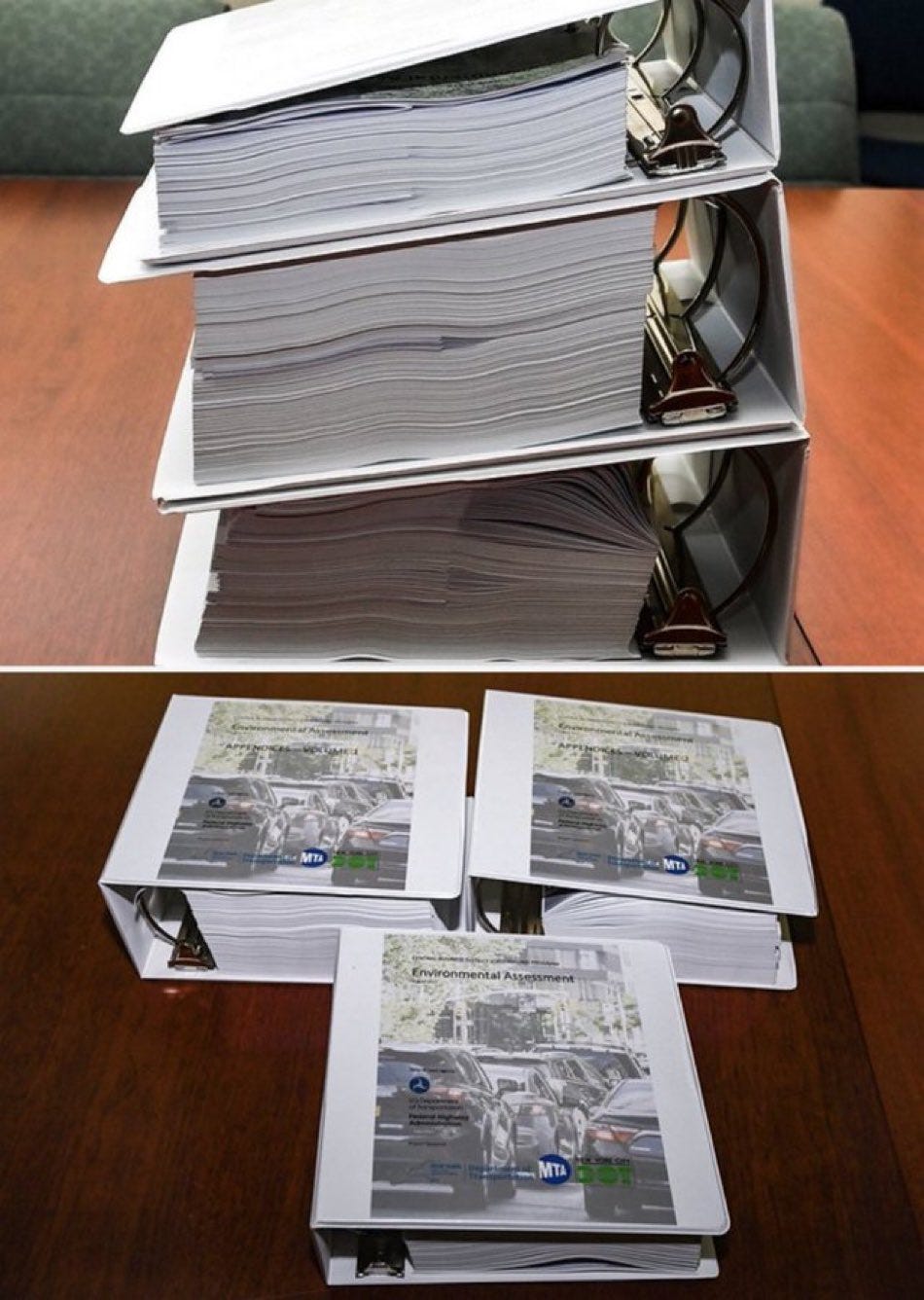
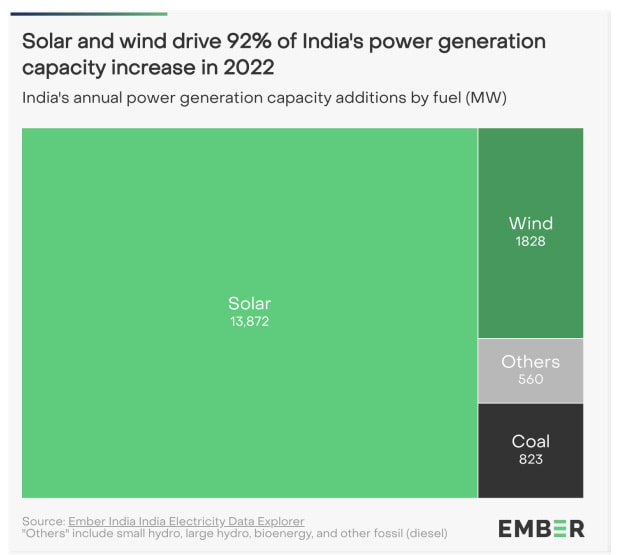
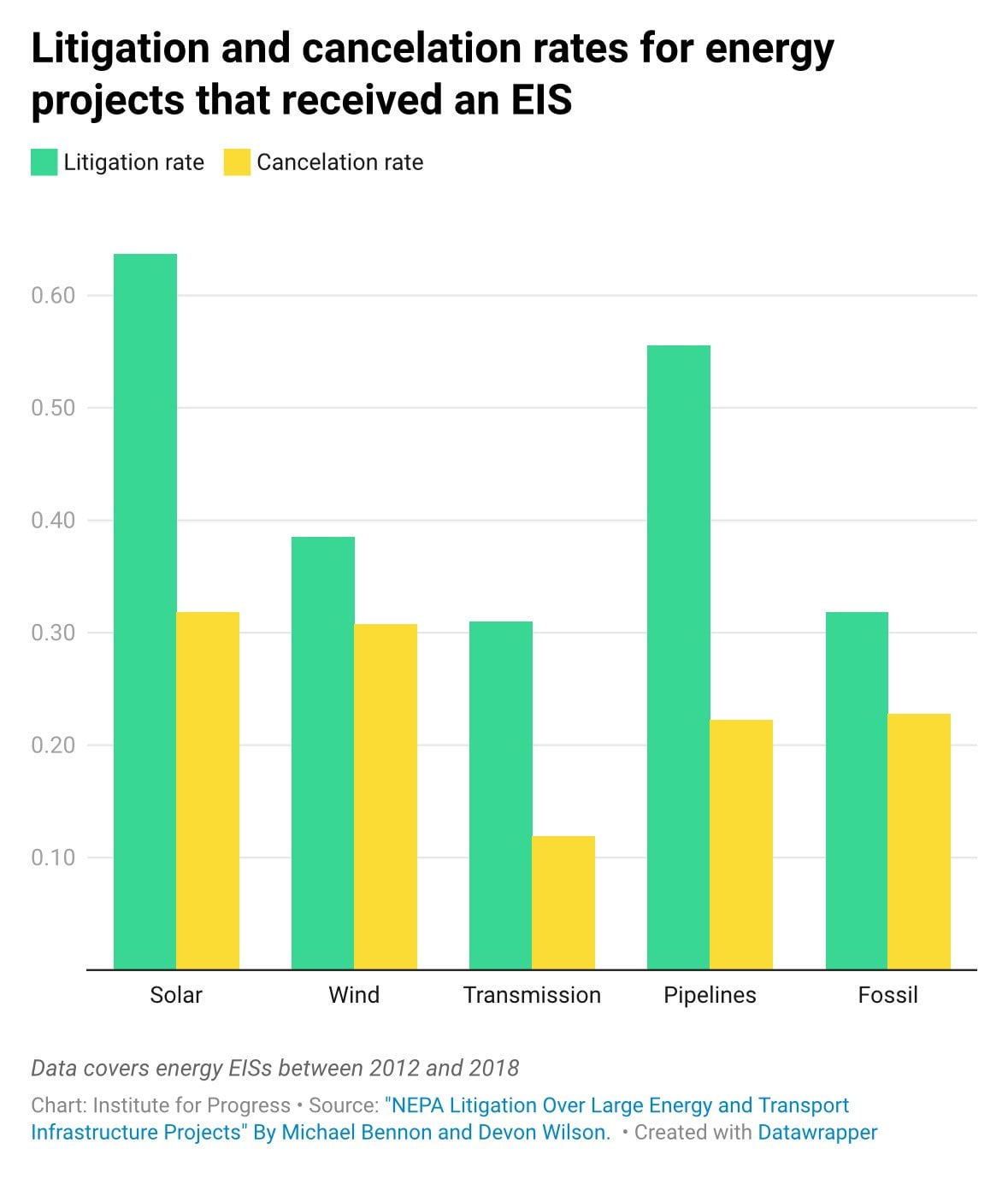
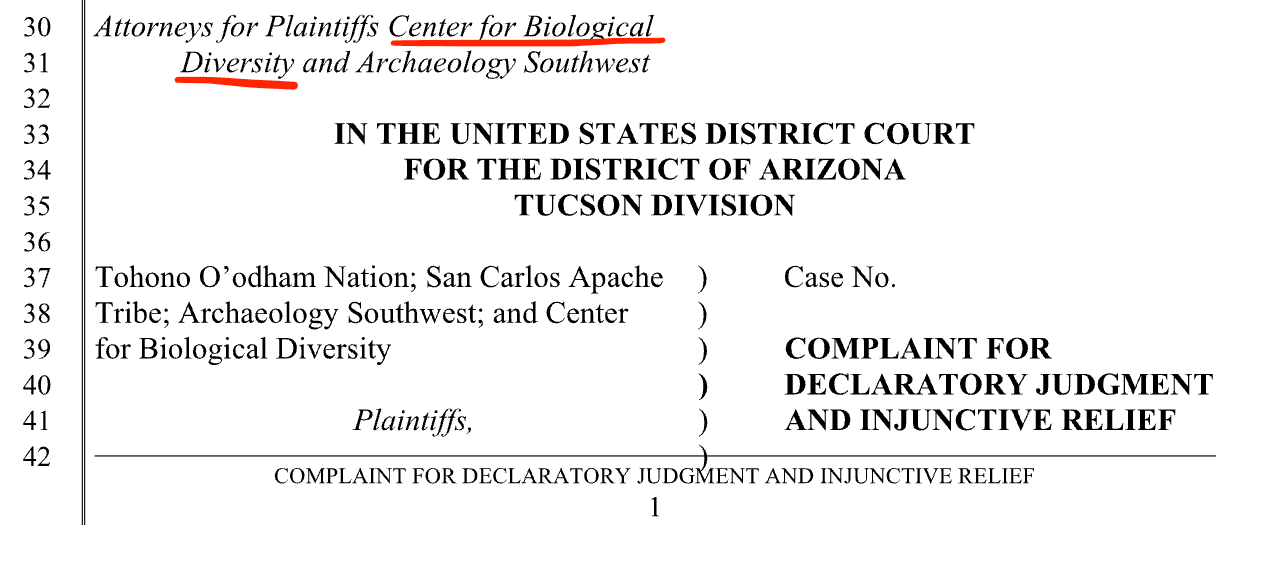
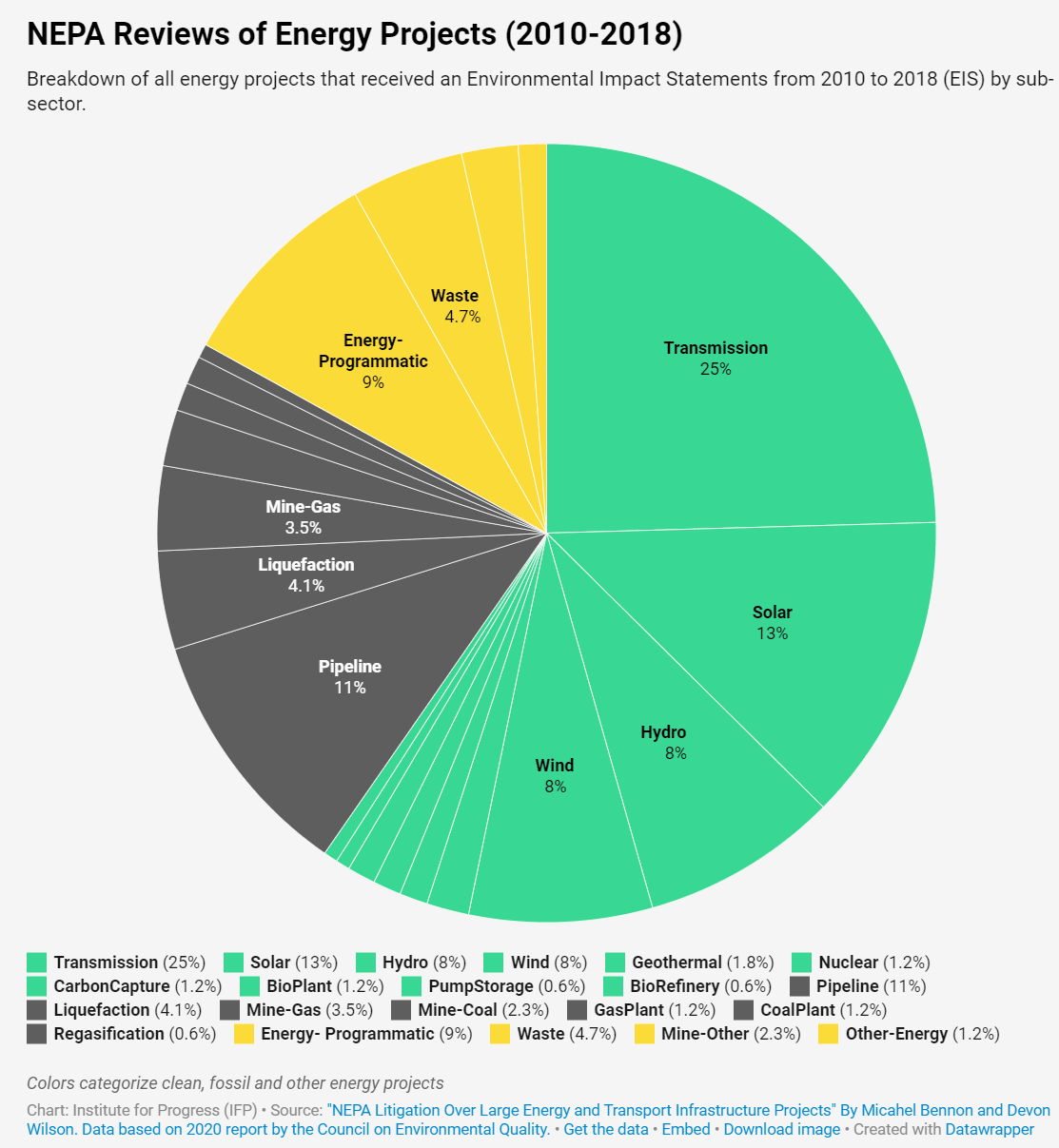
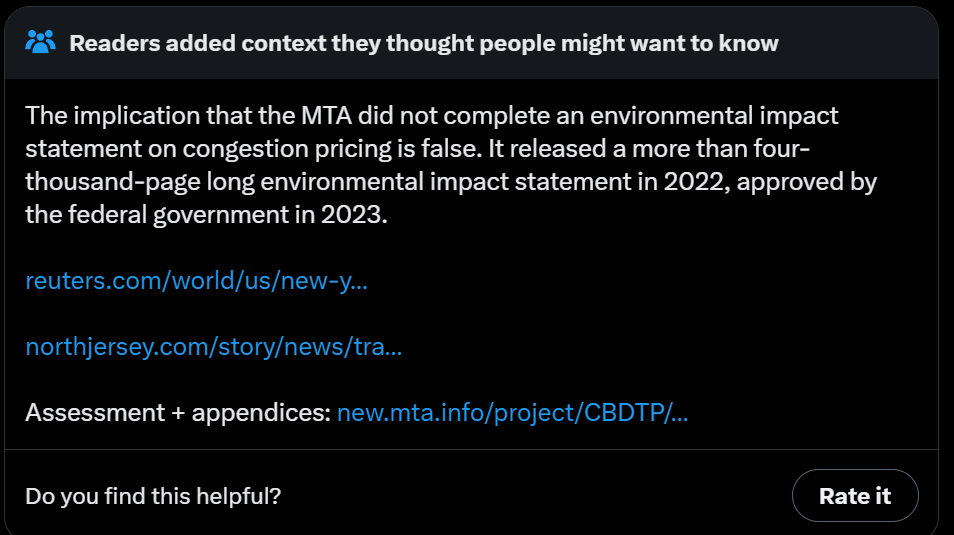
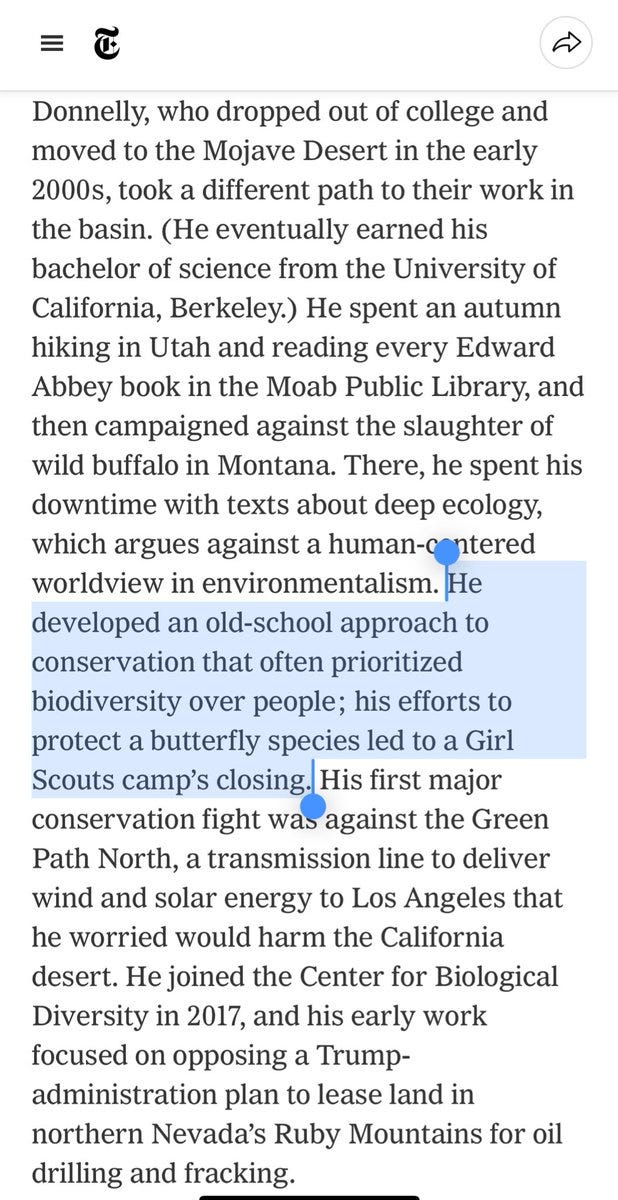
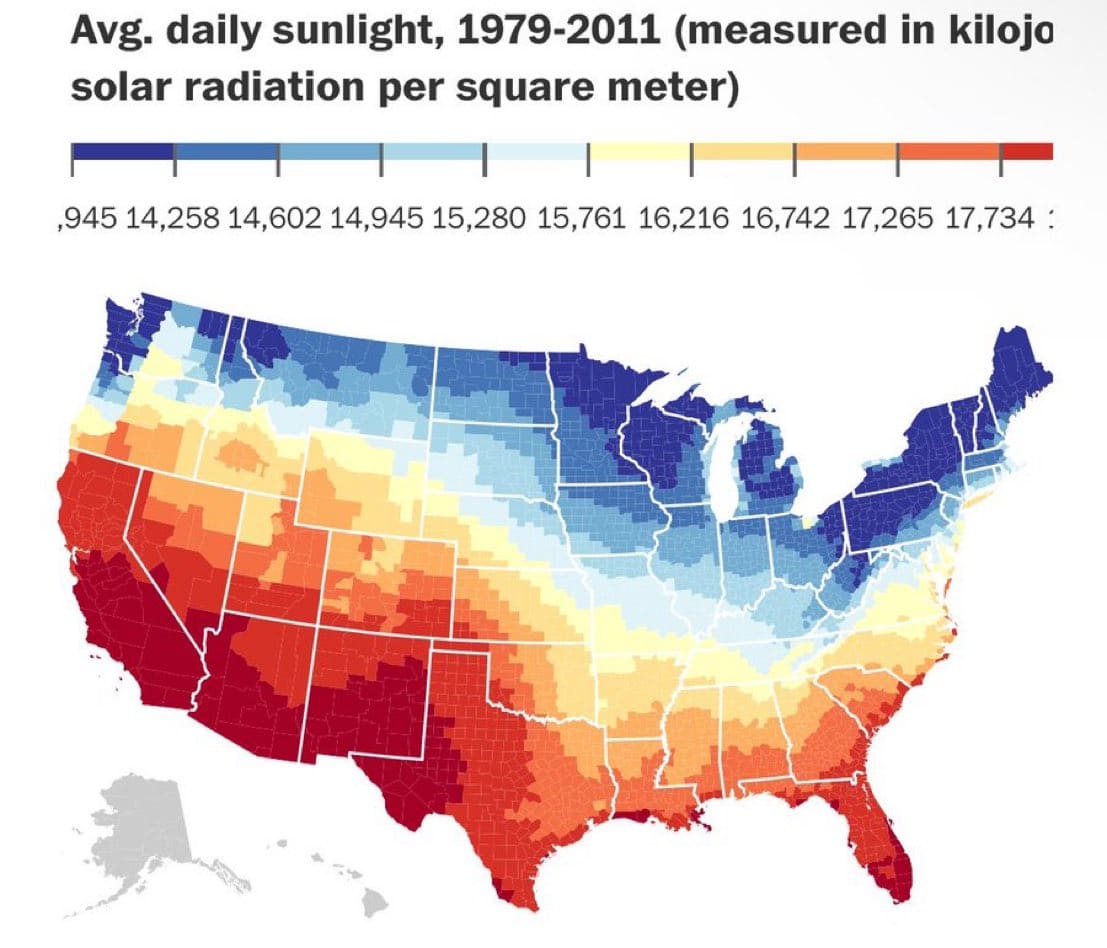
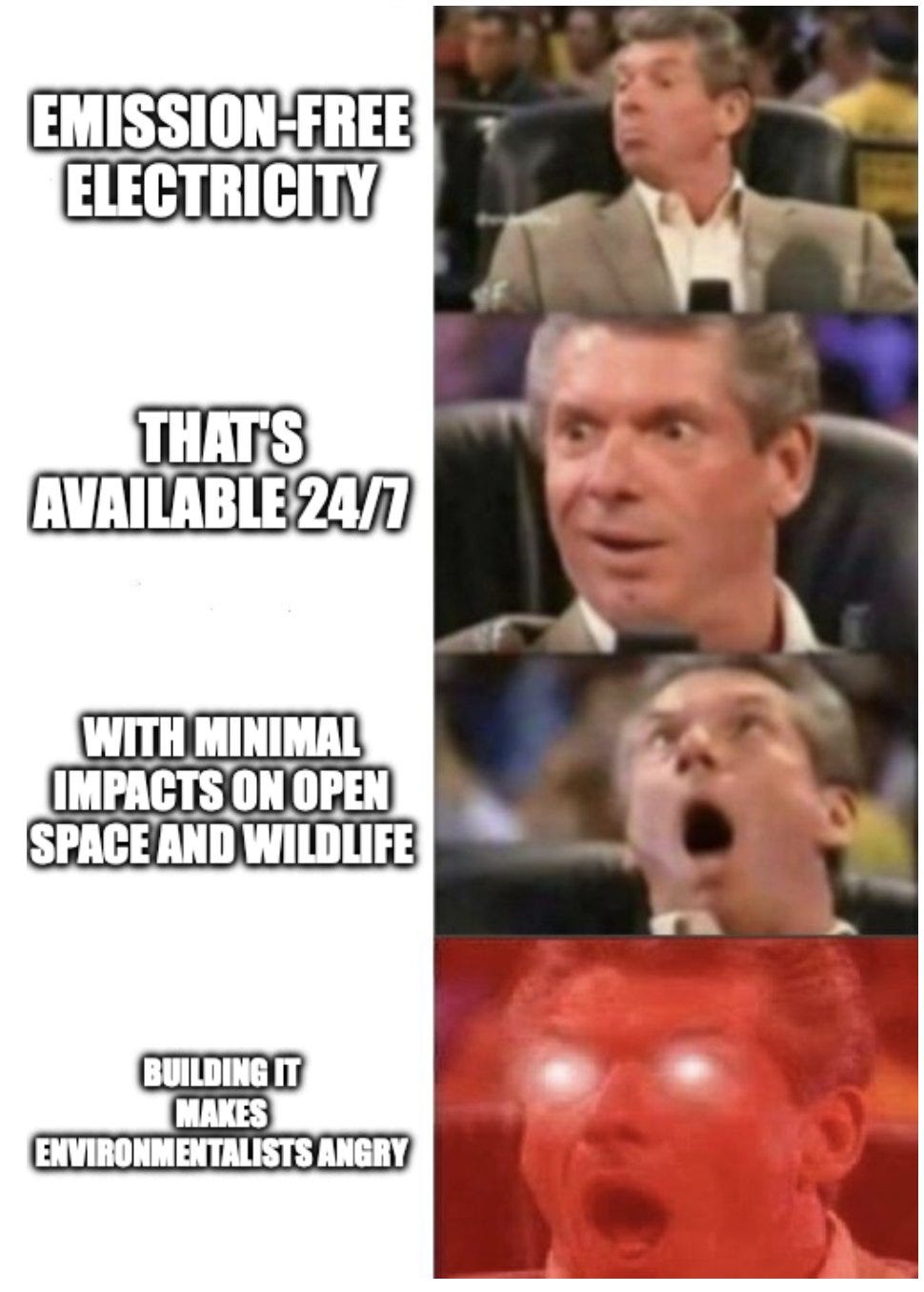
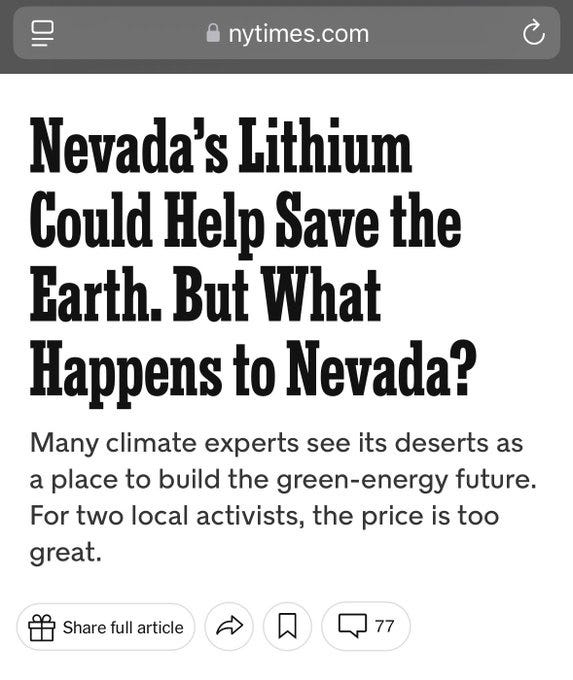
Subheading: "Many climate experts see its deserts as a place to build the green-energy future. For two local activists, the price is too great."" style="max-width: 100%;" />
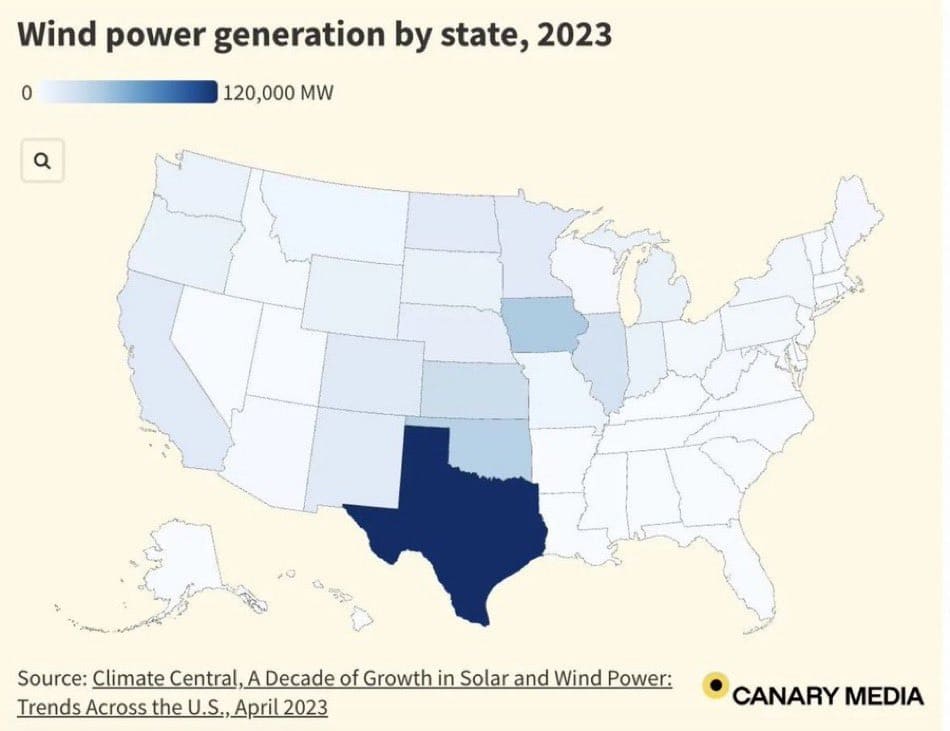
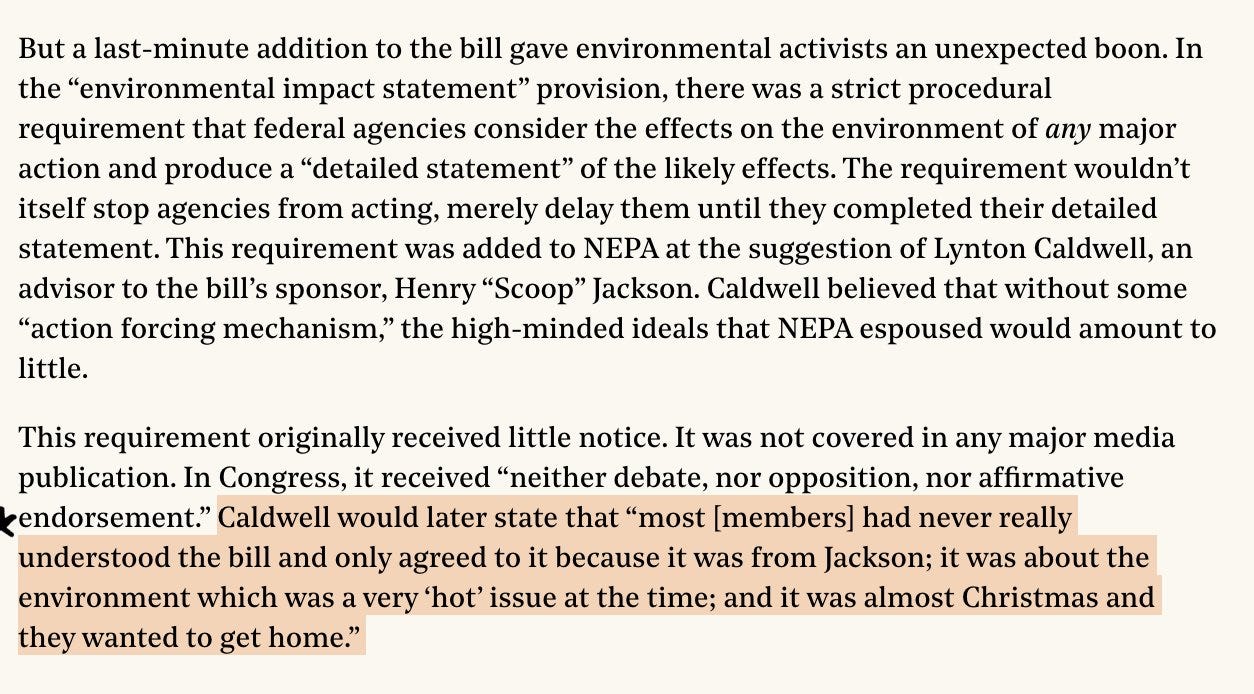

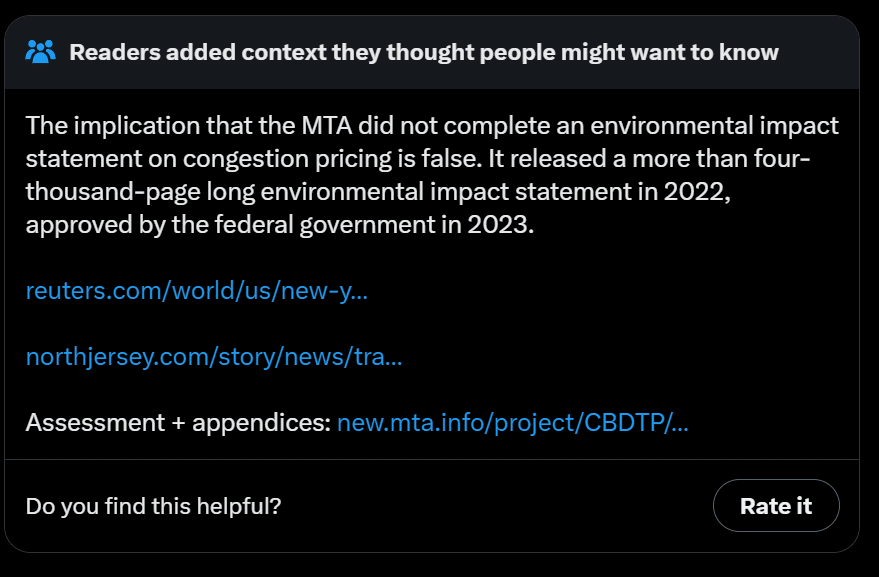
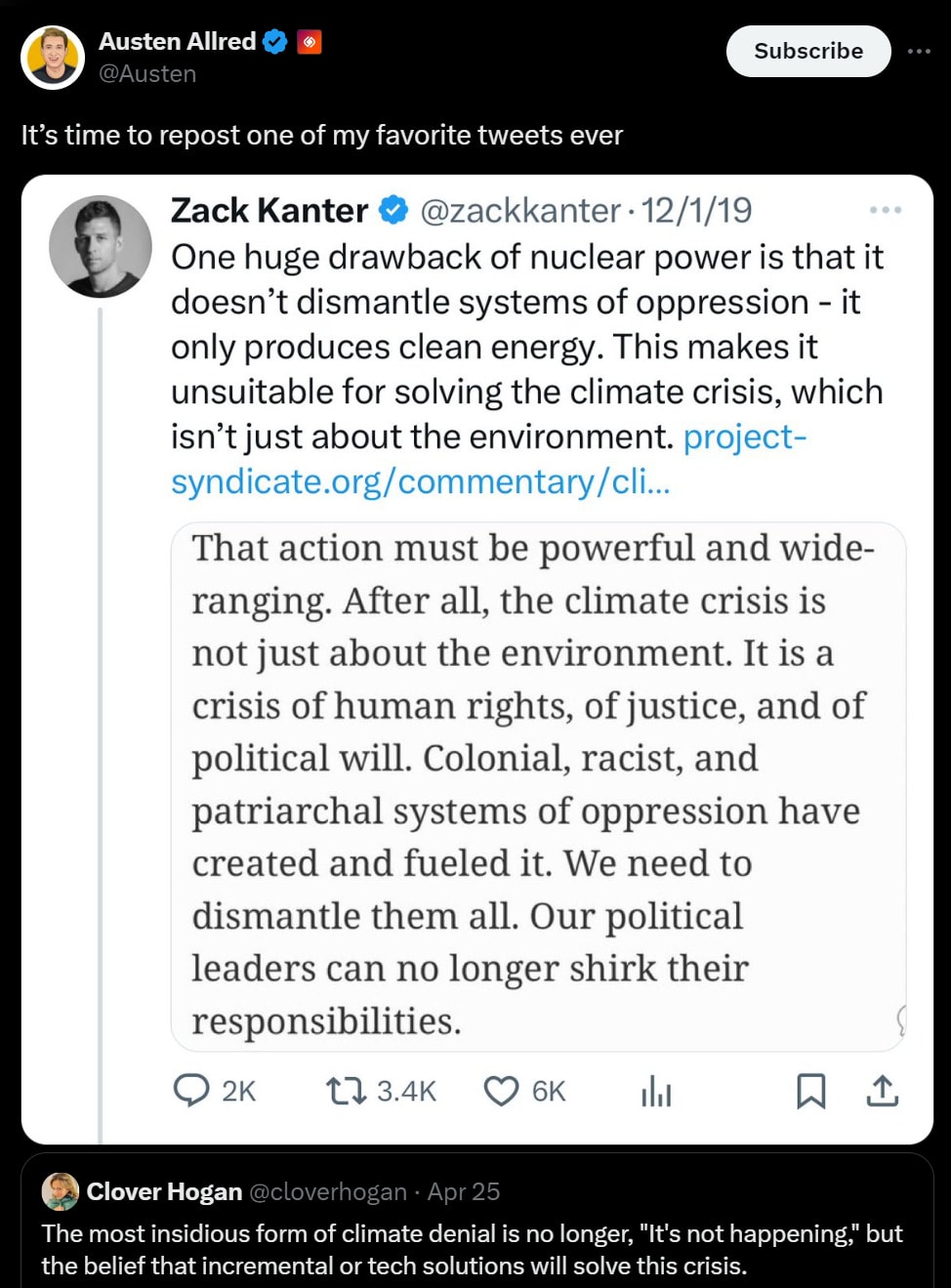
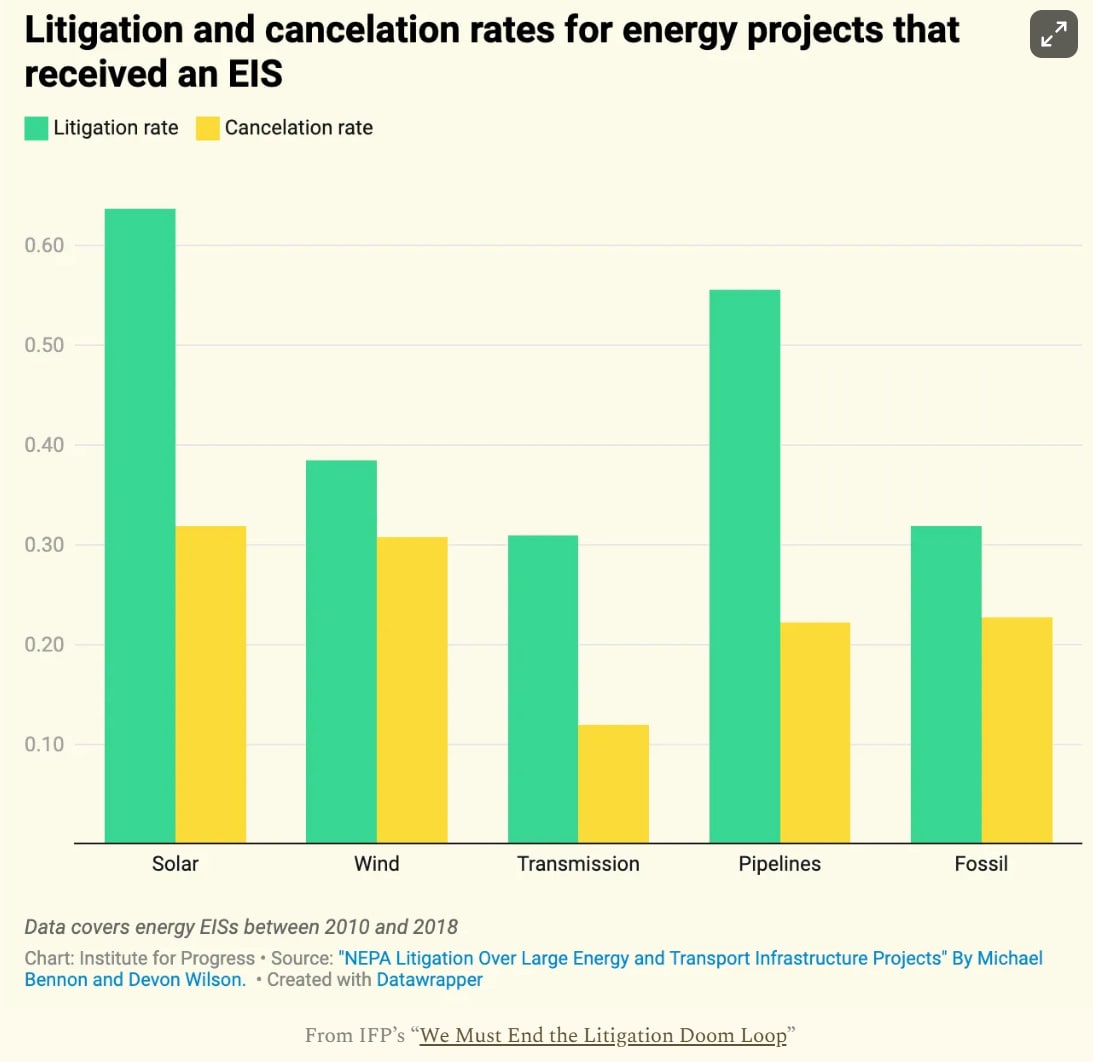

The chart divides into transmission (25%), solar (13%), pipeline (11%), and other smaller segments including wind, hydro, and energy-programmatic components." style="max-width: 100%;" />


Apple Podcasts and Spotify do not show images in the episode description. Try Pocket Casts, or another podcast app.